QUITIO, EQUQDOR – (1994) Last Updated: April 2, 2022
When we went to South America for a conference in Brazil and Argentina – Iguazu water fall, Galapagos and Machupichu – were high on our Bucket list. Feeling was that we might never come back to S. America, it being so far
We tried to cover as much as we could.
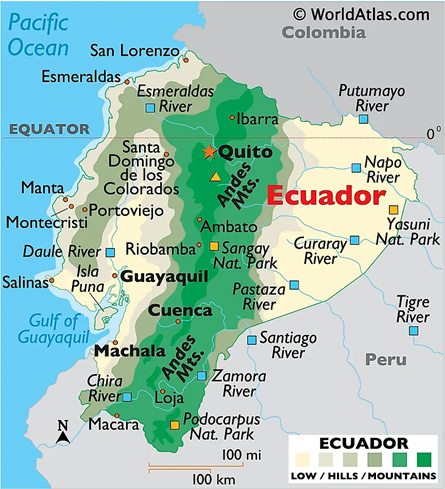
So after the conference we flew straight across the continent to QUITO, capital of Equador.
Quito (Spanish pronunciation: [ˈkito] ) is the capital of Ecuador, the
closest capital city to equator, and at an elevation of 2,850 m (9,350 ft) above sea level, second heighest capital the in the world. It is located in a river basin, on the eastern slopes of Pichincha, an active
stratovolcano in the Andes Mountains.
The historic center of Quito is one of the largest, least-altered, and best-preserved in the Americas. Quito and Kraków, Poland, were the first World Cultural Heritage Sites declared by UNESCO, in 1978.The central square of Quito is located about 25 km (16 mi) south of the equator; the city itself extends to within about 1 km (0.62 mi) of zero latitude. A monument and museum marking the general location of the equator is known locally as la mitad del mundo (the middle of the world) to avoid confusion since the word Ecuador is Spanish for “equator”.
La Mitad del Mundo (the middle of the world) is a small village administered by the prefecture of the province of Pichincha, 35 km (22 mi) north of Quito. It has since been determined, with the use of Global Positioning System technology, that the actual equator is some 240 m (790 ft) north of the monument area. Nearby is the Intiñan Solar Museum, which may be closer to the true equator. The Intiñan Solar Museum provides a demonstration which purports to show the Coriolis force causing a clockwise rotation of sink water a few meters south of the equator and a counterclockwise rotation a few meters north,[55] but many scientific sources claim that this is implausible.
Pululahua Geobotanical Reserve, located a few miles northwest from La Mitad del Mundo, contains the Pululahua volcano, whose caldera (crater) is visible from a spot easily accessible by car. It is believed to be one of only a few in the world with human inhabitants.
Coming back to Galapagos we joind a group of tourists and boarded a plane from Quito going to Galapagos
Before I talk about Galapagos it is worth mentiong a few words about Lars Eric Lindblad. I had heard about his starting in 1958 conducted adventours tours under the name of his company called ‘Lindblad expedition’ to places like Antartica, Norht to see Polar Bears etc. When we went to Galapagos I realized that he was interested in Eco tourism. He visited Galapagos several time in his life from childhood onwards. In 2004 he and National Geographic joined hands to bring intelligent, curious and adventurous people to inspire people for expedition travel.
I went to Galapagos as tourist for sight seeing, not knowing much about its ecological value. I only knew about Charles Darwin’s visit in 1835, and his observation of Galápagos’ species which later inspired his theory of evolution
The Galápagos Islands are volcanic, an almost mythical archipelago, in the Pacific Ocean. It’s considered one of the world’s foremost destinations for wildlife-viewing. A province of Ecuador, it lies about 1,000km off its coast. Its isolated terrain shelters a diversity of plant and animal species, many found nowhere else.
The 21 islands of various sizes spread over 17,000 square miles across Pacific waters and are home to some of the rarest wildlife on the planet. Each island is known for a specific wild life –
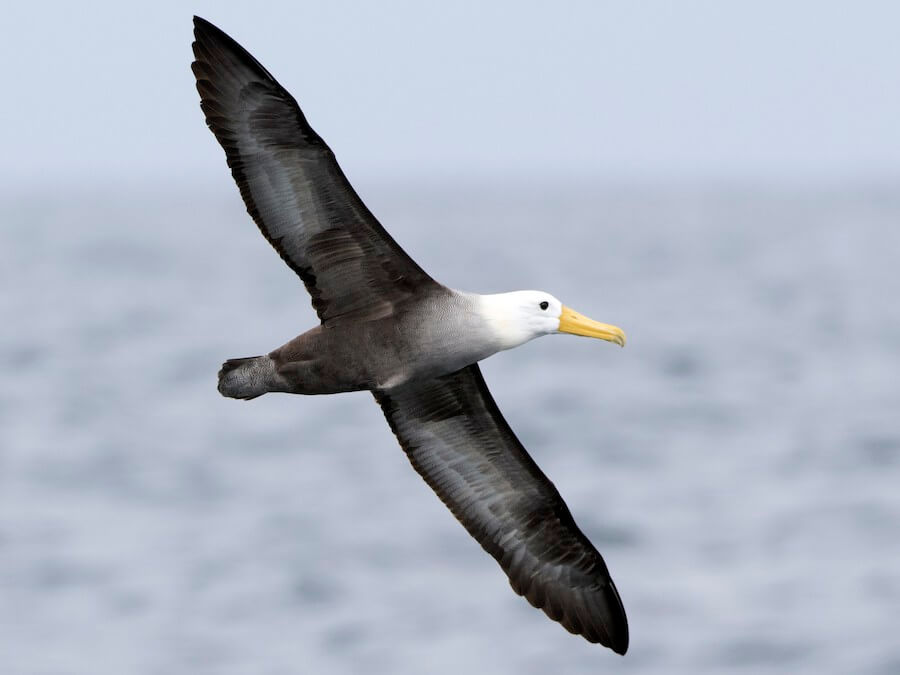
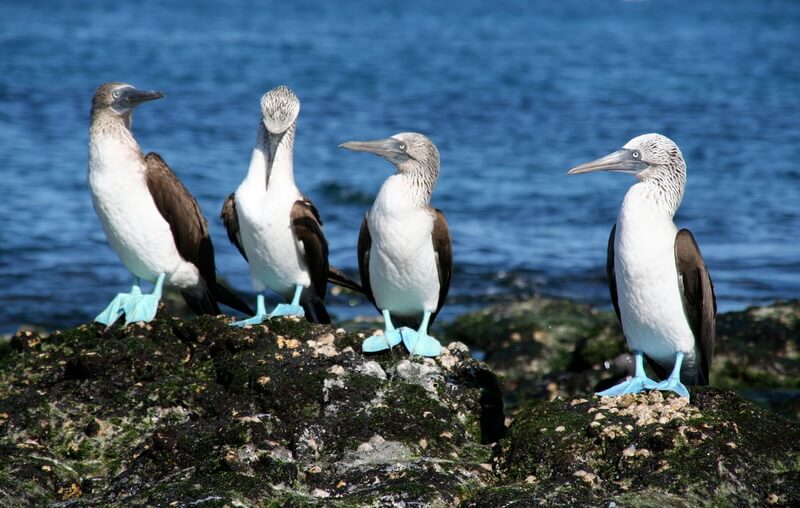
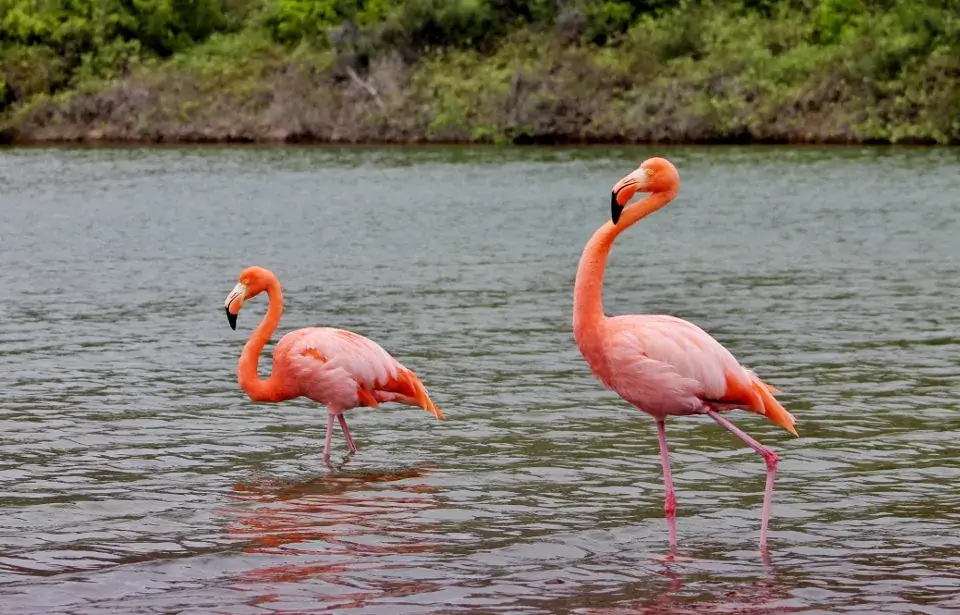
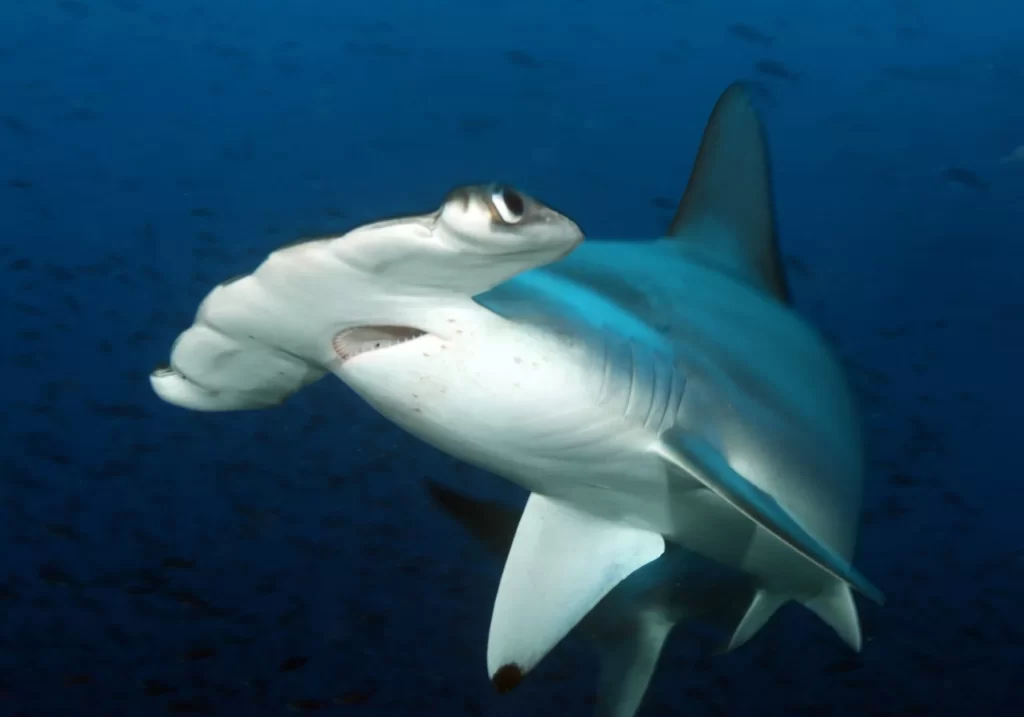

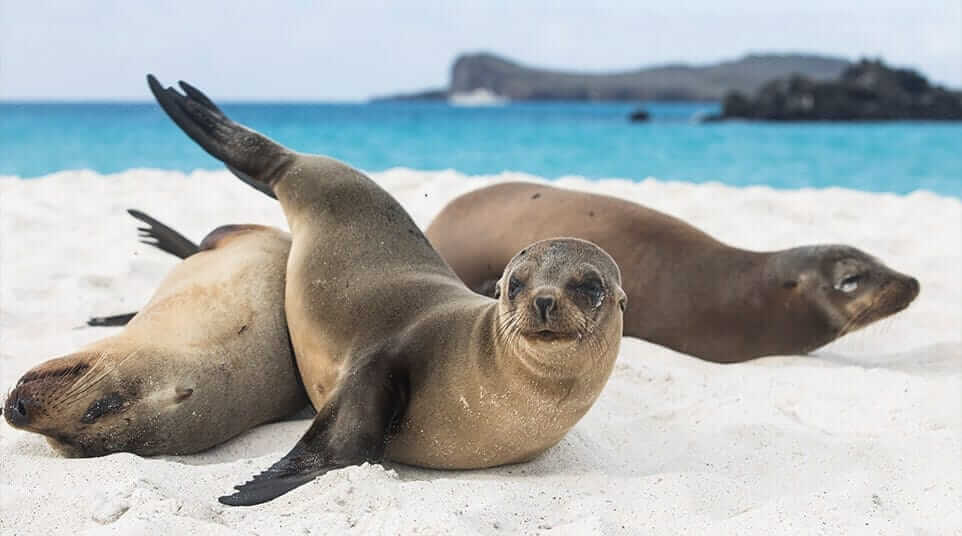

Depending on which islands you visit in this UNESCO World Heritage Site and protected national park, There are roaming penguins, Blue footed Boobies, Albatross – the bird that can travel longest distance in the air, frolicking sea lions, wandering crabs, hammerhead sharks, and sea turtles—all which are seemingly unfazed by human visitors. The Galapagos Islands are a place like nowhere else on earth. We visited a few of the following islands recommended by Trip Advisor. This list profiles the top Galapagos Islands and the features for which they’re known, so that you can select what you most want to see, and how best to do it.
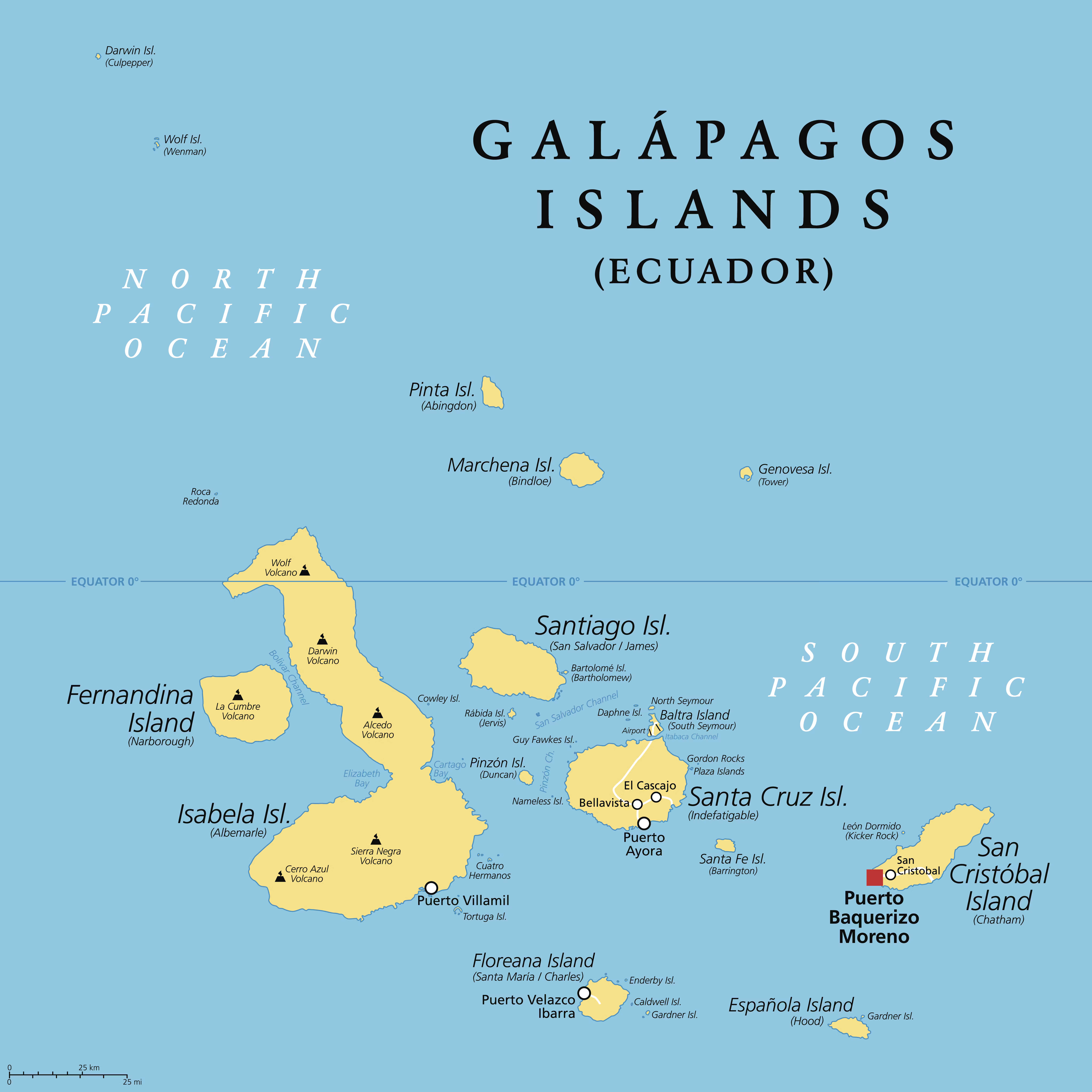
Whatever you decide, get ready to be floored
- Floreana Island
- Santacruz Island
- Genovesa Island
- Isabela Island
- Ferdunand Island
- South Plaza Island
- North Seymour Island
- Espanola Island
I must admit I learned more about importance of these islands after visiting there. Here are some fascinating factoids about the unique islands that are part of the Galapagos Archipelago.
GALAPAGOS ISLANDS FUN FACTS:
- The islands are a bird and animal lovers paradise. Due to the uniqueness of the islands and ocean waters there are vast numbers of endemic species including: Galapagos land iguanas, marine iguana (the only iguana that feed in the sea), sea cucumbers, flightless cormorant, blue-footed booby, Galapagos mockingbirds, Galapagos Penguin, Galapagos sea lions, Galapagos hawk, great Frigatebird, waved Albatross, and over 50 species of fish.
- 5 ocean currents converge at the Galapagos islands. The currents create variable water temperatures and unpredictable tides in the area resulting in a unique marine ecology.
- The islands sit above the Galapagos hot spot where the Earth’s crust is being melted from below by a mantle plume, which creates volcanoes. The oldest of the islands, more then 4 million years old, are slowly disappearing back below sea level. The youngest islands are still in the process of being formed with 13 volcanic eruptions in the archipelago over the last 100 years.
- The islands are home to over 25,000 people. Only five of the islands are inhabited.
- The Galapagos are an archipelago of volcanic islands that span across the equator line, consisting of 21 islands and 107 islets or rocks.
- The Galapagos Islands are located in the Pacific Ocean, 575 mi west of Ecuador, South America, and are a territory of Ecuador.
- 17% of Galapagos fish species are endemic to the Galapagos Islands.
- The Galapagos Islands are a bird watcher’s paradise. The islands are home to nearly 60 resident species, half of which are endemic (native to the Galapagos).
- The Islands’ marine iguanas are only found in the Galapagos region. These are the only swimming lizards found anywhere in the world.
- The famouse Galapagos penguin is the only type of penguin to live at the equator. An endangered species, there are less than 1,500 examples according to scientific studies.
- The official name of the Galapagos Islands is “Archipelago de Colon” in honor of Christopher Columbus, whose last name is “Colon” in Spanish.
- The name ‘galapagos’, an old Spanish word for ‘saddle’, was originally used by Bishop Tomas and his crew to describe the giant tortoises but the name stuck.
- The most famous resident of the Galapagos islands was Lonesome George (who we have met on previous AW trips!), was the only surviving giant Pinta Island tortoise left on Earth. He was known as the rarest creature in the world and died on the 24th June 2012 at the age of 100.
